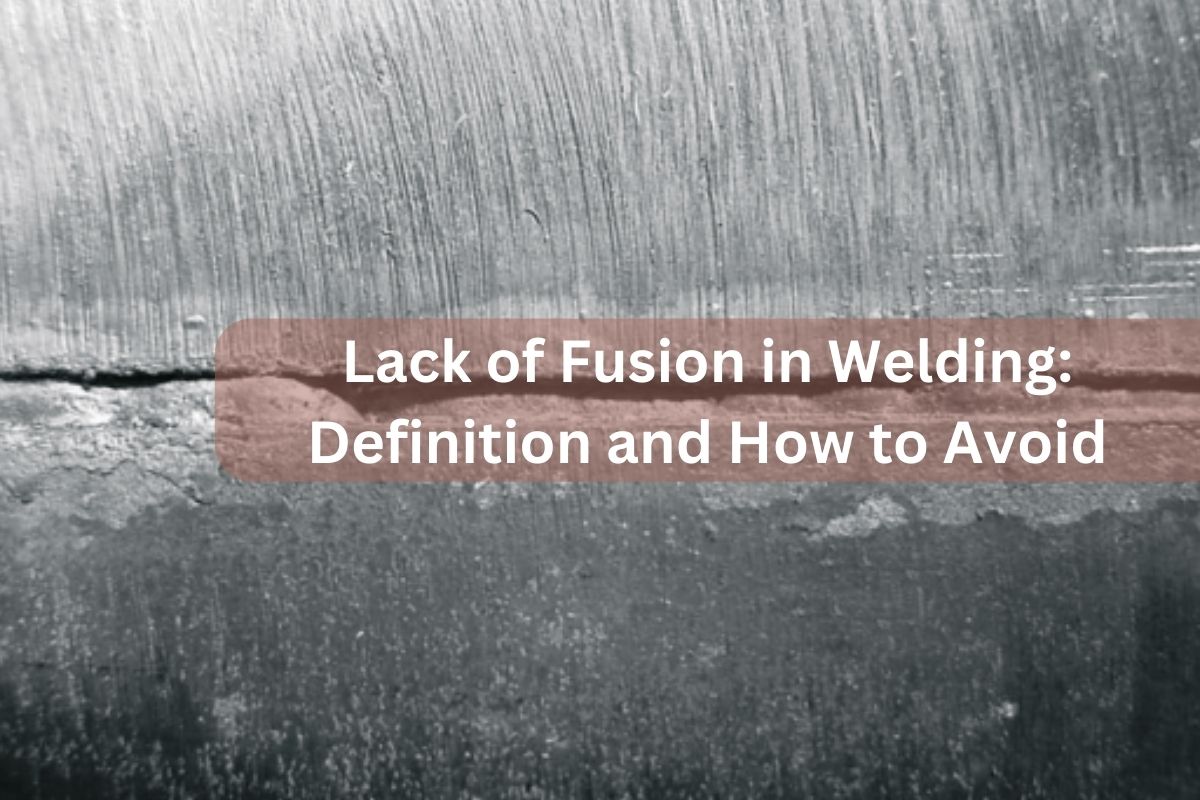Your Full Handbook to Preventing Weld Undercut Like a Pro
Your Full Handbook to Preventing Weld Undercut Like a Pro
Blog Article
Important Tips for Welders: Stopping Undercut Welding and Ensuring Stronger Weld Joints
In the world of welding, achieving strong and resilient weld joints is the keystone of generating premium work. One typical difficulty that welders commonly come across is undercut welding, which can jeopardize the integrity of the weld joint.

Understanding Undercut Welding
Undercut welding is a common welding flaw that happens when the weld metal falls short to properly load the groove and leads to a groove-like clinical depression along the weld grain. This problem damages the weld joint, making it prone to cracking and failure under anxiety. Damaging can be brought on by numerous elements, including excessive welding current, high welding speed, improper electrode angle, wrong electrode dimension, and poor welding strategy.
One of the primary reasons for undercut welding is an imbalance in between the welding present and the welding rate. If the welding current is too expensive or the welding speed is too fast, the weld steel may not appropriately fill the groove, bring about damaging. In addition, utilizing an electrode that is as well big can result in a comparable result, as the excess steel can not effectively flow right into the groove.
To avoid undercut welding, welders need to ensure they are utilizing the right welding specifications, keep an ideal electrode angle, select the proper electrode size, and technique appropriate welding methods. By addressing these elements, welders can lessen the threat of undercutting and develop more powerful, much more dependable weld joints.
Appropriate Welding Strategy
Efficient welding method plays a vital duty in ensuring the high quality and integrity of weld joints. One fundamental facet of proper welding strategy is preserving the right angle and range between the welding weapon and the workpiece.
In addition, a consistent and steady hand movement is crucial for creating strong and sturdy weld joints. Welders should intend for smooth, uniform activities to ensure even distribution of the weld material. Correct adjustment of the welding weapon and filler material is additionally key to attaining optimum infiltration and combination.
Additionally, managing the warmth input and picking the proper welding criteria based upon the material being bonded are important elements in achieving high-grade welds - Preventing weld undercut. Welders must follow the recommended settings provided by welding treatment requirements and readjust them as required based on the particular demands of the project. By grasping correct welding strategies, welders can substantially improve the stamina and dependability of their weld joints
Picking the Right Electrode
When taking into consideration the relevance of choosing the ideal electrode in welding applications,Maintaining the appropriate angle and distance in between the welding weapon and the work surface is fundamental. The selection of electrode plays an important role in establishing the quality and stamina of the weld joint. Electrodes can be found in various types, each created for details purposes and materials.
Firstly, selecting the suitable electrode diameter is necessary. Thinner electrodes are appropriate for welding slim materials, while thicker electrodes are better for thicker products and higher warm applications. Matching the electrode diameter to the density of the workpiece aids accomplish a well balanced weld.
Secondly, comprehending the product make-up of the electrode is essential. Various electrodes are developed for welding certain materials like steel, stainless-steel, light weight aluminum, or why not look here cast iron. Utilizing the appropriate electrode product makes certain good blend and lessens the threat of flaws in the weld.
Last but not least, thinking about the welding placement and strategy is essential when selecting the electrode kind. For instance, specific electrodes are much better matched for overhanging or vertical welding settings, while others function well for level or horizontal positions. Selecting the appropriate electrode based upon the welding method improves the overall weld top quality and stability.
Preparing the Base Metal
To make sure an effective welding procedure, what preliminary actions should be taken when preparing the base steel for welding? In addition, any existing weld product or residue from previous welding need to be eliminated to guarantee a tidy surface for the brand-new weld.

Performing Post-Weld Evaluations

After performing these evaluations, welders must contrast the outcomes against industry criteria and task needs to ensure that the weld joint meets all needed standards. Any type of inadequacies or discrepancies discovered throughout the post-weld assessment ought to be promptly dealt with with suitable corrective actions to ensure the weld's stability. By faithfully performing post-weld evaluations and promptly attending to any type of problems, welders can support the top quality and reliability of navigate to these guys their work, inevitably adding to the security and longevity of the bonded structures.
Verdict

In conclusion, protecting against undercut welding and guaranteeing stronger weld joints need a mix of appropriate welding technique, choosing the right electrode, preparing the base steel correctly, and performing post-weld examinations. By recognizing the sources of undercut welding and carrying out the essential preventative measures, welders can generate high-grade weld joints that fulfill industry criteria and ensure the structural honesty of the bonded components.
Undercut welding is an usual welding flaw that occurs when the weld metal stops working to properly fill the view it groove and results in a groove-like depression along the weld grain (Preventing weld undercut). Undercutting can be caused by different elements, including too much welding current, high welding rate, improper electrode angle, incorrect electrode size, and poor welding strategy
One of the major factors for undercut welding is a discrepancy between the welding existing and the welding speed. If the welding current is too high or the welding rate is too quickly, the weld metal may not effectively load the groove, leading to undercutting.Maintaining the appropriate angle and range in between the welding gun and the workpiece is basic when considering the importance of picking the right electrode in welding applications.
Report this page